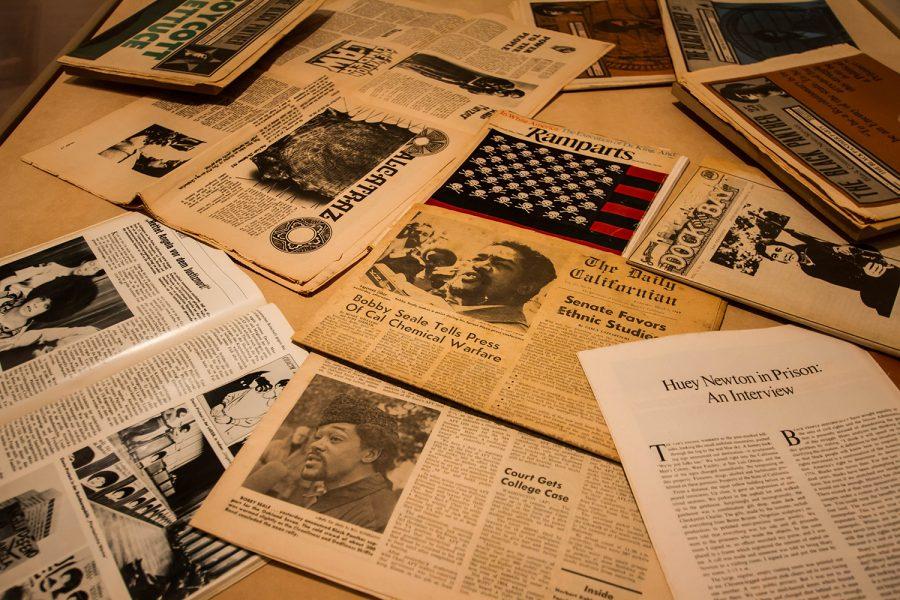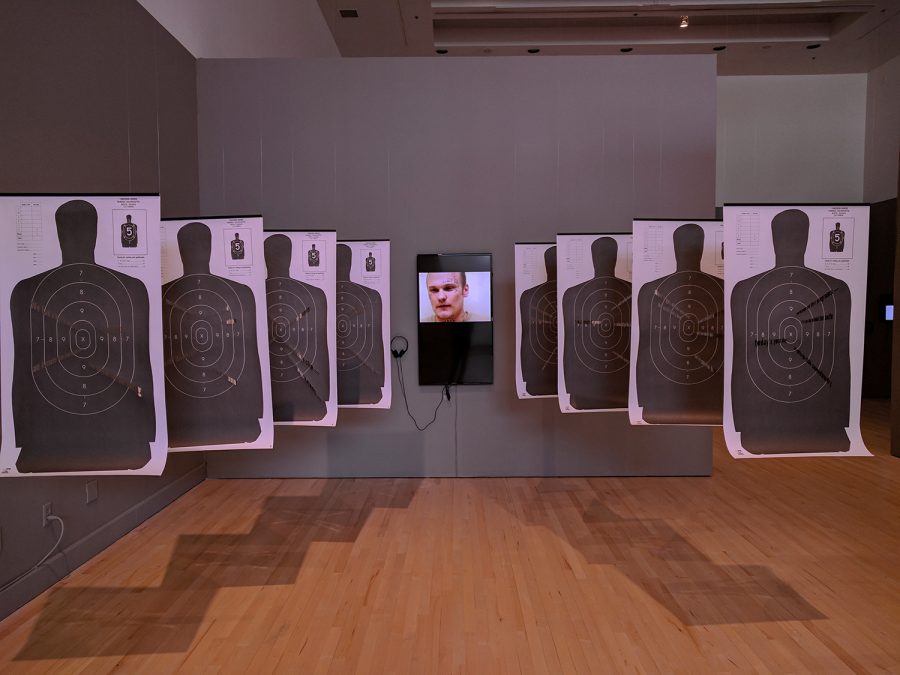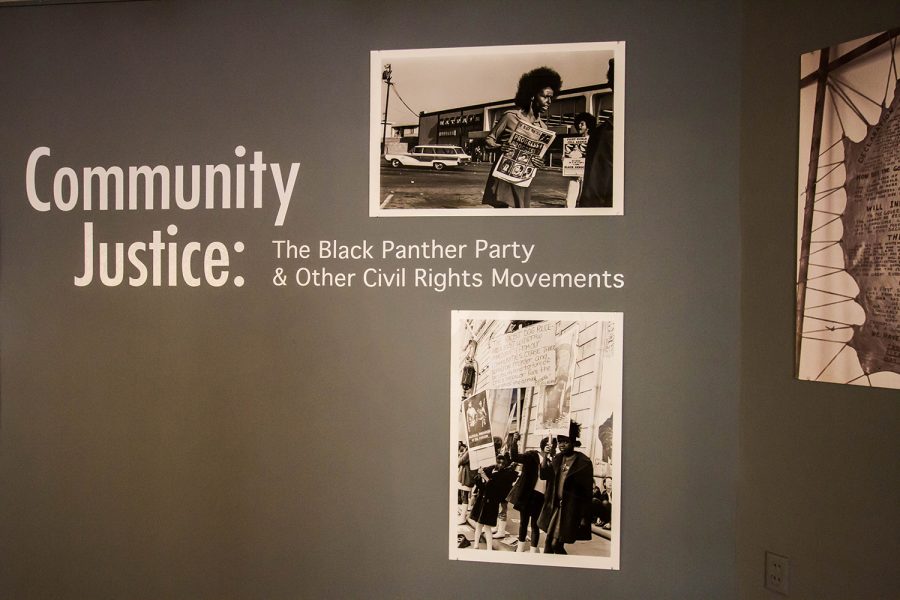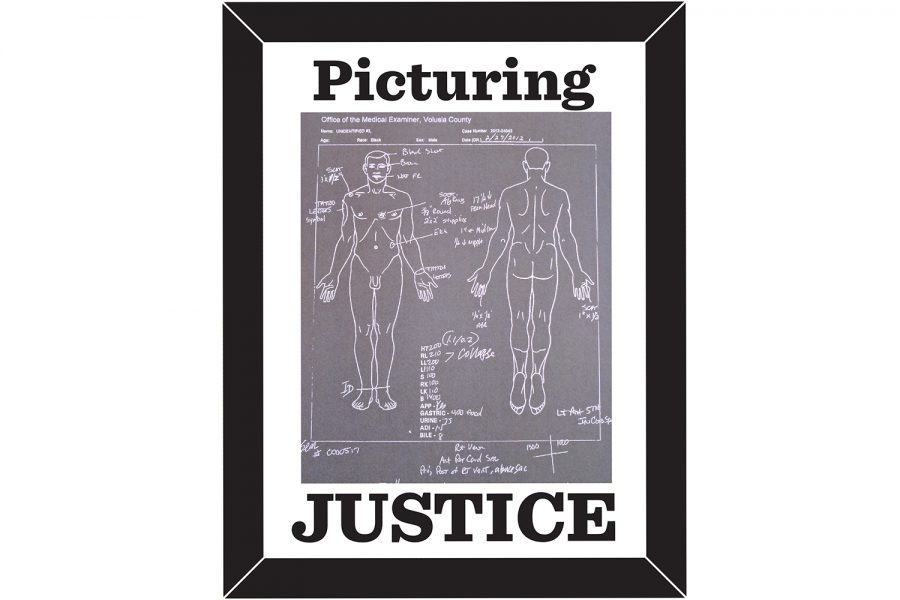Civil rights exhibition comes to Ritter Art Gallery
The gallery celebrated Huey Newton’s 50th anniversary of starting the Black Panther Party.
March 19, 2017
T
he Ritter Art Gallery, found just above the on-campus Chick-fil-A, hosted an exhibit with a statement: Power to the People.
From Jan. 20 through March 4, pieces of art and history were on display at the Boca campus to celebrate the Civil Rights Movement — and more specifically the Black Panther Movement.
The exhibition was called “Community Justice: The Black Panther Party and Other Civil Rights Movements.”

According to the pamphlets available throughout the art exhibit, this collection was “developed to in part to acknowledge the 50th anniversary of the founding of the Black Panther Party in the fall of 1966, and numerous contemporary events in America that are spawning new waves of social activism.”
The exhibition explored and examined various social justice movements of the late 1960s and early 1970s. It featured documentation in the form of photography, film, video and vintage digital print materials.
Chris Robe, a Ph.D. film scholar and associate professor in FAU’s School of Communication and Multimedia Studies, contributed some of the content and helped plan the exhibit.

“The exhibition is a timely reminder of how activism and dissent can influence change in our society,” Robe said in a press release.
The dominating focus of the show was the Black Panther Party, founded in Oakland, California by activists Huey P. Newton and Bobby Seale in 1966.
Many of the photographs of the Black Panthers were taken by husband and wife, Prickle Jones and Ruth-Marion Baruch. These images were originally displayed in The Norton Museum of Art’s 2015-16 exhibition “The Summer of ‘68: Photographing Black Panthers.”

According to a sign at the start of the exhibition,“The Black Panther Party sought to build a community through service to the people, providing free food and clothing. They gave purpose to disenfranchised black youth through education and community organizing.”
The exhibition was made up of materials from the Norton Museum of Art in West Palm Beach, Florida and west coast photographer Ilka Hartman.
Oral histories from the Latino civil rights organization, the Young Lords, and other collections were also included.
“I was alive during this time,” Mike Budd, a retired faculty member from the College of Arts and Letters and the College of Communication and Multimedia Studies, said. “It’s very important to remember them now because we’re having the same kind of struggles.”
Kamilah Douglas is a contributing writer with the University Press. For information regarding this or other stories, email [email protected].






